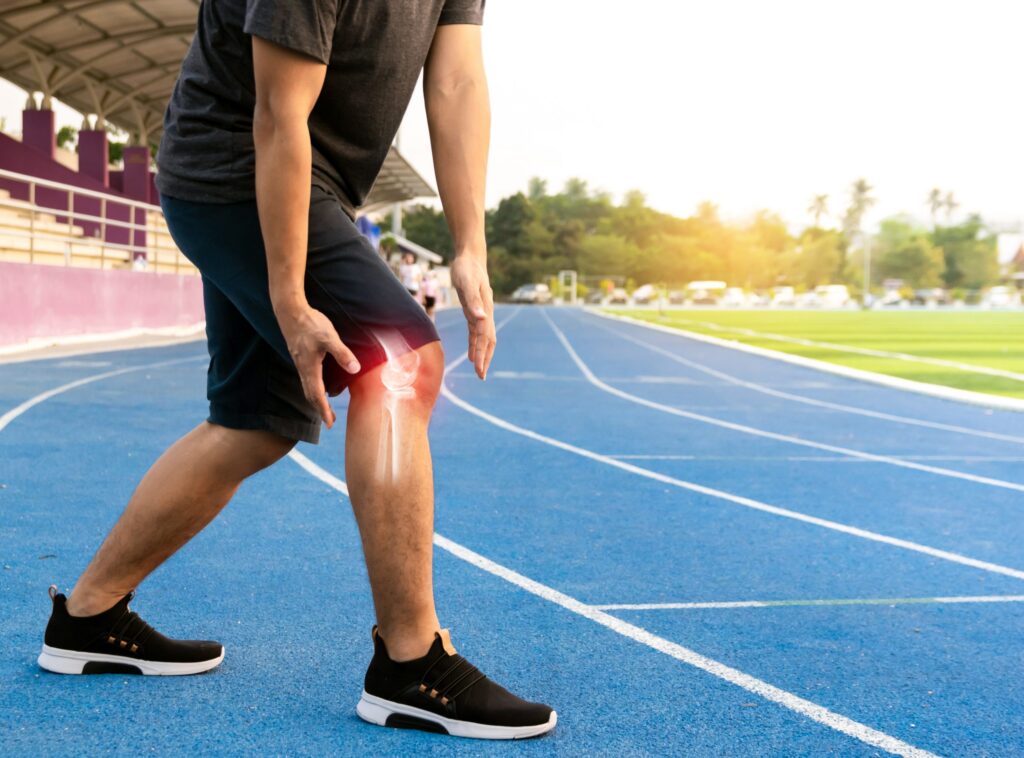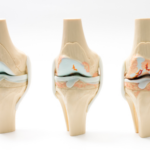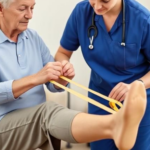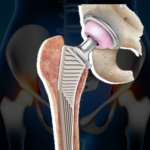
Introduction-
Athletes put their bodies through rigorous physical demands, often leading to knee injuries and degenerative conditions that require surgical intervention. Traditional knee replacement procedures may not always meet the specific needs of athletes, as they aim to restore normal daily function rather than athletic performance. However, with the advent of robotic technology in orthopedic surgery, there is a growing interest in exploring the potential of robotic knee replacement for athletes. In this blog, we will discuss the suitability of robotic knee replacement for athletes, evaluating its benefits, considerations and expectations.
Understanding Knee Injuries in Athletes-
Athletes, due to the nature of their sports, are prone to various knee injuries, such as ligament tears, meniscus injuries and cartilage damage. These injuries can significantly impact their athletic performance and overall quality of life. While conservative treatments may be effective for minor injuries, severe cases often require surgical intervention. Traditional knee replacement procedures have been successful in restoring function for non-athletic individuals, but athletes have unique requirements and expectations.
Advancements in Robotic Knee Replacement-
Robotic knee replacement is an advanced surgical technique that combines the expertise of orthopedic surgeons with the precision and guidance of robotic systems. This technology allows for a more accurate and individualized approach to knee replacement surgery, catering to the specific needs and goals of athletes. Robotic systems assist surgeons in precise implant positioning and alignment, which is crucial for optimal athletic performance and durability.
Suitability of Robotic Knee Replacement for Athletes-
- Preoperative Assessment: Athletes considering robotic knee replacement undergo a thorough evaluation to assess their overall health, knee condition and specific athletic requirements. This assessment helps determine their suitability for the procedure and sets realistic expectations.
- Precision and Customization: Robotic technology enables surgeons to create a personalized surgical plan based on the athlete’s anatomy and functional goals. The system generates a virtual 3D model of the knee joint, allowing for precise implant positioning and alignment tailored to the athlete’s needs.
- Enhanced Implant Durability: Athletes often subject their knees to repetitive stress and intense physical activities. Robotic knee replacement facilitates optimal alignment and balance, reducing the risk of premature implant wear, loosening or failure.
- Faster Recovery and Return to Sport: Robotic knee replacement procedures typically involve smaller incisions, reduced tissue disruption and enhanced accuracy, leading to faster recovery times. With proper rehabilitation and guidance, athletes can gradually return to their sports activities, regaining strength and mobility.
Considerations and Expectations for Athletes-
- Realistic Expectations: While robotic knee replacement can significantly improve athletic performance and quality of life, athletes must understand that complete restoration to pre-injury levels may not always be possible. Open communication with the surgeon is vital to establish realistic expectations and goals.
- Rehabilitation and Training: Successful outcomes for athletes undergoing robotic knee replacement heavily depend on postoperative rehabilitation and tailored training programs. Athletes should be committed to a comprehensive rehabilitation plan to regain strength, stability and endurance.
- Individual Variations: Athletes come from diverse sports backgrounds, each with unique demands on the knee joint. The suitability and outcomes of robotic knee replacement may vary based on the specific sport, position and level of athletic activity.
In Summary, robotic knee replacement holds great promise for athletes seeking to regain knee function and return to their sports activities. With its precision, customization, enhanced durability and faster recovery times, robotic technology addresses the specific needs and expectations of athletes. However, athletes must have realistic expectations and understand that complete restoration to pre-injury levels may not always be achievable. Open communication with the surgeon is crucial in establishing goals and understanding the limitations of the procedure. Postoperative rehabilitation and tailored training programs are essential for successful outcomes. It’s important for athletes to work closely with experienced orthopedic surgeons specializing in sports medicine, such as Dr Saurabh Giri from https://www.kneereplacementsurgeonpune.com/, to assess their suitability for robotic knee replacement and develop a comprehensive treatment plan that best suits their individual needs.




